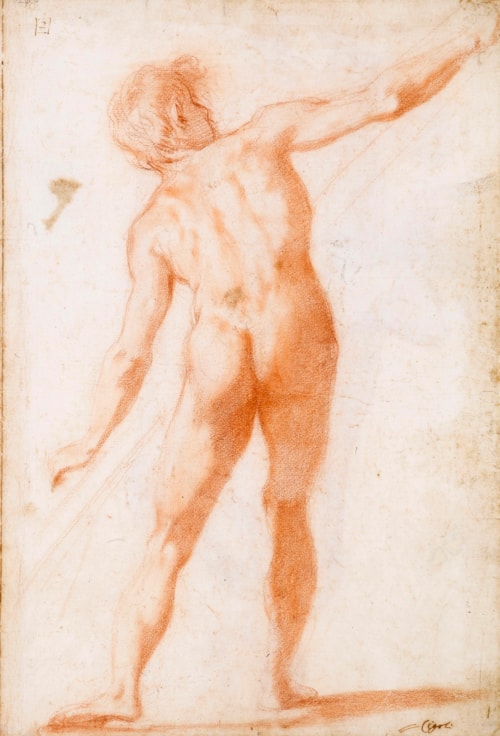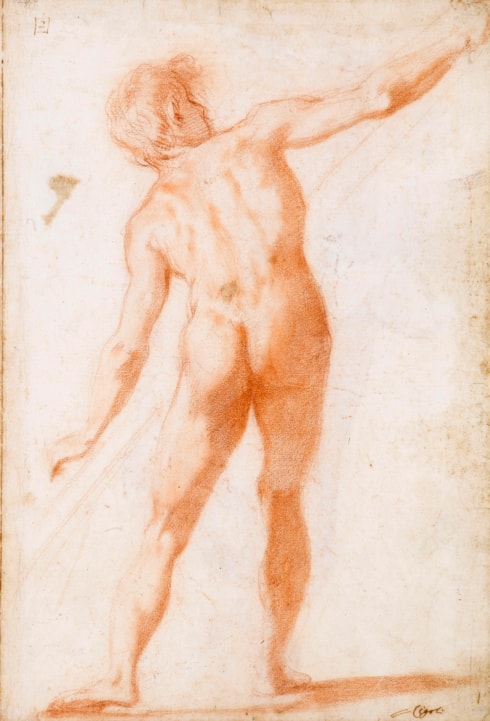
Ludovico Cardi CIGOLI
Castello di Cigoli 1559 - Rome 1613
Biography
The leading painter in Florence at the end of the 16th century, Lodovico Cardi, known as Cigoli from the Tuscan village of his birth, occupies a significant role in the transition from Late Mannerism to the Baroque in Tuscany. He was a pupil of Bernardo Buontalenti, Alessandro Allori and Santi di Tito, and was admitted into the Accademia del Disegno in 1578, at the age of nineteen. Among his first Medici commissions was an altarpiece of The Resurrection for a small chapel in the Palazzo Pitti, painted in 1590, which was strongly influenced by Santi’s version of the subject in the church of Santa Croce, painted some fifteen years earlier. A number of important altarpieces for various Florentine churches executed throughout the late 1580’s and 1590’s culminated in the large Martyrdom of Saint Stephen, painted in 1597 for the convent of Montedomini.
In the first years of the 17th century Cigoli worked for the Medici, decorating the vaults of several rooms in the Palazzo Pitti, assisted by his pupil Cristofano Allori, and also providing designs for pietra dura panels for the ciborium of the Cappella dei Principi in the church of San Lorenzo. In 1604 Cigoli moved to Rome, where he worked for the remainder of his career and was awarded some of the most prestigious artistic commissions of the day. These included altarpieces for the basilica of St. Peter’s and the church of San Paolo fuori le Mura, as well as the frescoed cupola of the Cappella Paolina of Santa Maria Maggiore. Between 1611 and 1613 he decorated the Loggia di Psiche for the Roman villa of Cardinal Scipione Borghese, and he continued to divide his time between Rome and Florence until his death in 1613.
As a draughtsman, Cigoli has long been greatly admired by his collectors and connoisseurs. He drew in a variety of media and with a fluency of technique in chalk, pen and brush, leading one recent scholar to note that Cigoli was ‘an artist who delighted in drawing as an end in itself.’ The Florentine historian and biographer Filippo Baldinucci, an avid collector of the artist’s drawings, wrote of Cigoli that ‘he drew constantly, and his drawings, done in a style that is his own, display...[a] spontaneity and appealing delicacy of touch, the perfection of the whole and knowledge of anatomy, a certain immediacy and spirit, never known to me except in those of the great Michelangelo...the spirit of one and the other, particularly in the sketches, is such that at first glance one finds an immediacy deriving not from the parts but from the whole; an immediacy that inspires awe in the beholder’.
A considerable number of drawings by Cigoli, numbering well over a thousand sheets, survive today, with by far the greatest number in the collection of the Uffizi in Florence; other significant groups of drawings by the artist are in the Louvre and the Istituto Nazionale per la Grafica in Rome.


